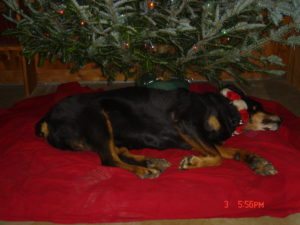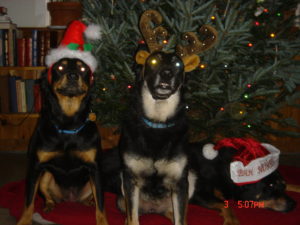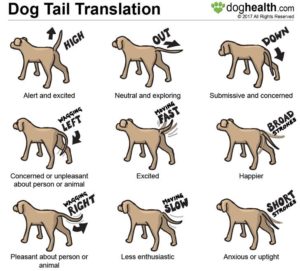Should You Get A Puppy?

Those big eyes. That soft fur. The sweet puppy breath. Puppies, they are so hard to resist. You are walking down the street and you see someone with an adorable puppy and you think “I want one!”
Did you know there is actually a biological reason why we have that thought? In 1949, Ethologist Konrad Loranz proposed the idea of kindenschema or baby schema. Infantile physical features such as a big head, large eyes and a round face are deemed cute and motivate adult individuals to take better care of the young thereby ensuring better rates of survival.
So before you start shopping for that puppy make sure it isn’t just your biological instinct driving you to do it and consider everything that goes into owning a puppy.
Cost
First, there is the expense of getting the puppy. Rescuing a puppy from a shelter will obviously be your most economical choice. If you have your heart set on a pure bred puppy than you should be prepared to spend some money, but be aware that there is not a direct correlation between how much a dog costs and how well bred it is. Do your research. Some questions you can ask the breeder are:
- How long have you been breeding dogs?
- Have you done breedings with these dogs before?
- Have you encountered any medical issues?
- Can I meet any dogs from previous litters?
Veterinarian bills
In the first year, you will have 4 or 5 well check visits to the vet and then it goes down to just a yearly visit. Hopefully, you won’t have any major medical issues early on, but you can expect that at some point you will be facing some larger vet bills; especially as your dog ages. If you don’t want to be caught with a huge unexpected vet bill all at once, consider purchasing insurance.
http://petinsurancereview.com/dog-insurance
Food and preventive treatments
Dog food might seem like a small expense, but quality dog food can cost a pretty penny, especially if you have a large dog. On the other hand, feeding quality food can minimize possible health issues that can lead to more costly issues.
Time and Energy
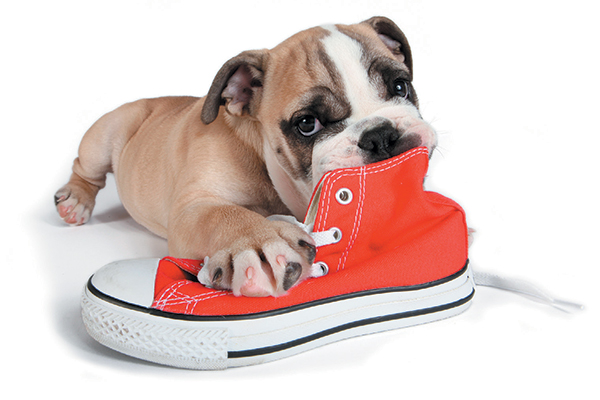
Puppies need attention! If they don’t get it when they are young it can lead to issues down the road. They are just figuring out the world. If you don’t teach them the rules, they will make up their own. Be prepared to spend time socializing and training your dog.
Housebreaking might be the most time consuming aspect of training your puppy at the beginning. It is so important to start off on the right foot. You will be rewarded for your efforts in the end because you won’t spend a lifetime cleaning up messes. A general rule of thumb when it comes to housebreaking is that a puppy can hold it’s bladder for how old it is in months plus one. So a 3 month old puppy needs a bathroom break every 4 hours. This means you will likely have some middle of the night potty breaks at first. You also will need to have a plan in place if everyone is out of the house all day. Can someone come home at lunch? Or maybe you need to hire a dog walker/sitter.
All dogs need exercise, but some breeds require more than others. Puppies will require more than older dogs. We coincidentally just started working with a client who got a Golden Retriever puppy and called us because she was overwhelmed by the amount of energy he has. Take your lifestyle into consideration when choosing a puppy. Do you like to spend your free time curled up on the couch reading or going for a hike?

Puppies can be a great addition to your family and can bring a lot of joy, but owning a dog is a big commitment so be sure you are ready for it. If we can help answer any questions you may have before taking the leap, feel free to contact us.








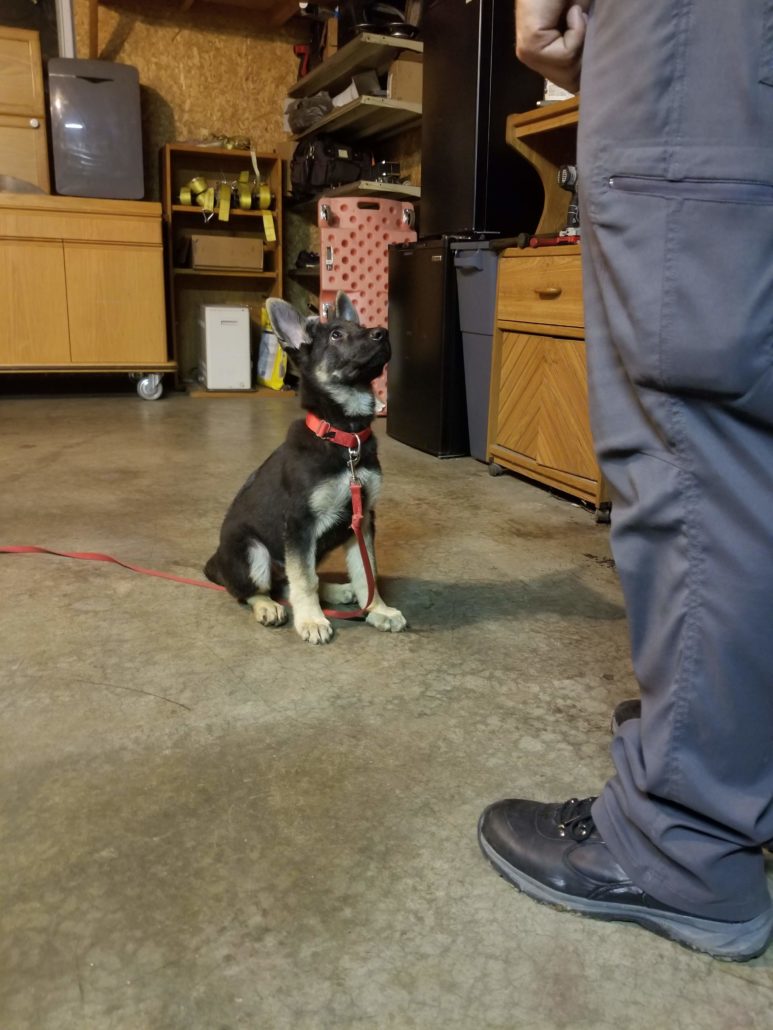


 and our shepherds who will be ecstatic every time it snows.
and our shepherds who will be ecstatic every time it snows.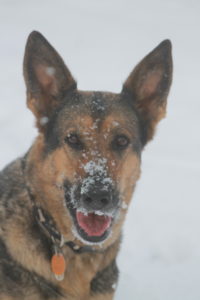 Being dog trainers, we follow a lot of social media groups having to do with various aspects of dog training and care. I can tell you that this time of year brings about a lot of debate and heated feelings about how best to take care of your dogs in cold weather. Let me just say right off the bat, that I think a lot of the arguments people have with each other are due to the fact that we don’t differentiate between different types of dogs. We have owned many different breeds of dogs over the years from the chihuahua I mentioned earlier to husky mixes, rottweilers, chow mixes and many more in between and we have seen first hand that they have different needs based on their physical attributes.
Being dog trainers, we follow a lot of social media groups having to do with various aspects of dog training and care. I can tell you that this time of year brings about a lot of debate and heated feelings about how best to take care of your dogs in cold weather. Let me just say right off the bat, that I think a lot of the arguments people have with each other are due to the fact that we don’t differentiate between different types of dogs. We have owned many different breeds of dogs over the years from the chihuahua I mentioned earlier to husky mixes, rottweilers, chow mixes and many more in between and we have seen first hand that they have different needs based on their physical attributes.